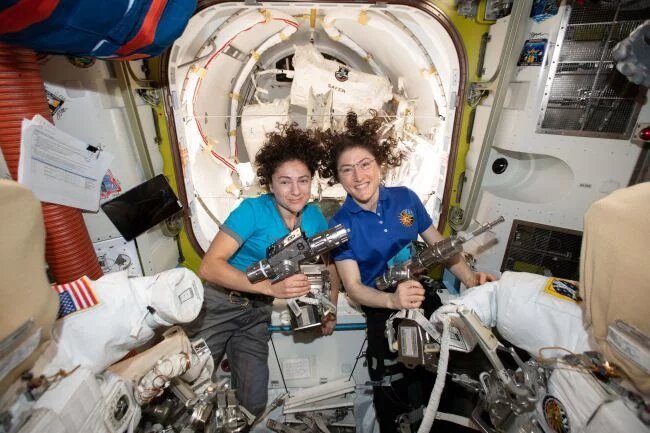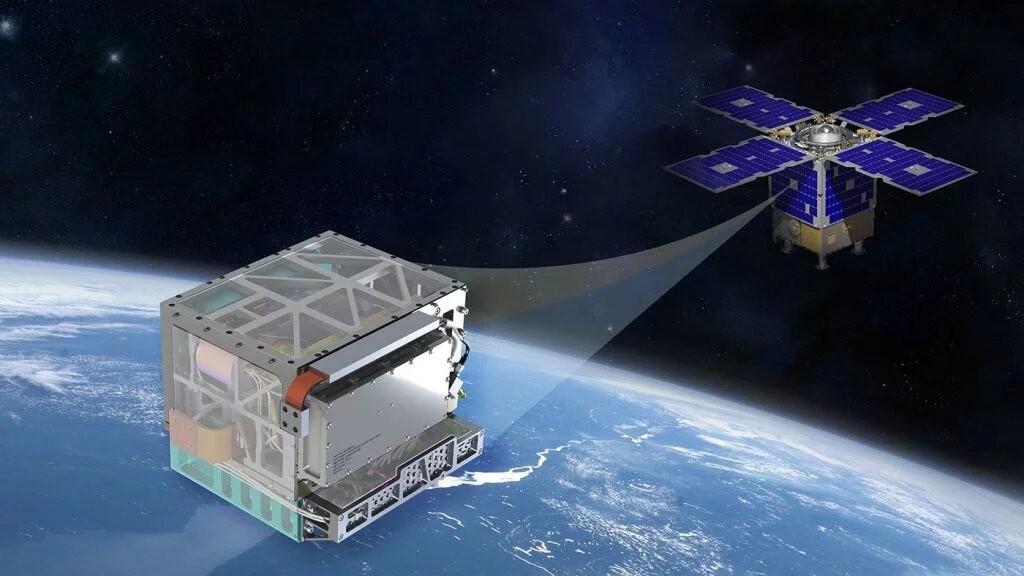In 2019, NASA celebrated the 50th anniversary of the first moon landing with Apollo 11, which was the most historic moment of space exploration to date, while also working hard to reach the goal of sending the first woman and next man to lunar soil by 2024. In addition, further progress has been made in research aimed at enabling the first manned flight to Mars.
NASA also conducted missions at the International Space Station (ISS) and celebrated the first spacewalk by two women – Jessica Meir and Christina Koch. And speaking of the ISS, the space agency has also struggled to accelerate its partnership program with SpaceX and Boeing to prepare new US ships that are expected to bring astronauts to the ISS from 2020.
A lot of research has been done and new technologies put to the test by NASA in 2019. Below you can see some of the highlights of the year, just after the agency’s own retrospective video:
Artemis mission and plans for Titan
This year NASA officially named its new lunar program Artemis, a tribute to the moon goddess and twin sister of Apollo. In addition to sending the first woman – or several women – to the Lunar surface, the Artemis program should also establish a definitive presence of humanity on our natural satellite.
To the success of the Artemis Program, NASA has invested much of its efforts in one of the key components of a manned mission: the space suit. The new costumes presented by NASA at the end of the year offer greater mobility and many other advances compared to the costumes worn by Apollo 11 astronauts.
The NASA also prepared plans for the Dragonfly a drone that will search dozens of specific locations on Titan, moon of Saturn curious to prebiotic chemical processes.
Spacewalks and business collaboration

Astronauts Anne McClain, Nick Hague, Christina Koch, Andrew Morgan and Jessica Meir participated in 2019 of their first missions at the International Space Station (ISS) and conducted their first spacewalks. The highlight was Meir and Koch, who were selected for the first spacewalk performed by women only.
In addition, ISS further favored research and new technologies from commercial companies. This year, for example, the SpaceX Crew Dragon spacecraft managed a five-day demonstration mission on the space station and returned to Earth safely. Boeing also performed a successful test with Starliner, although the ship failed to dock at the space station and returned to the ground early.
NASA astronauts participated in 10 spacewalks to install a new commercial spacecraft anchor port, upgrade the station’s power system and repair the AMS-02, an instrument that seeks dark matter, antimatter and dark energy. The results of the famous NASA twin study were also published, revealing data on the resilience of the human body in space.
Research and new space technologies

Three NASA technology demonstrations were launched by SpaceX’s Falcon Heavy rocket. One is the Green Propellant Infusion Mission, which is successfully demonstrating a, say, “greener” propellant with low toxin levels. The other is the Deep Space Atomic Clock, which aims to measure time in space at the nanosecond level as accurately as possible. The last is Light Sail, a solar sail was devised by scientist Carl Sagan, co-founder of the Planetary Society.
NASA also demonstrated the first coordinated maneuver between two steam-powered CubeSats (small satellite- shaped satellites) in Earth’s low orbit, which should greatly enhance future economic missions using low-budget equipment. They became the first CubeSats duo to exchange maneuver coordinates with each other. NASA has also signed a contract with Made In Space to use technology that allows ships to print and assemble parts in space.
Gateway Station and Lunar Modules
As part of its plans to establish a constant presence in the lunar environment, NASA has developed the Lunar Gateway space station project, which will be positioned in orbit of the moon just as the International Space Station orbits the Earth. The agency created the Next Space Technologies for Exploration Partnerships (NextSTEP) program, which funded private companies to each develop a prototype of the station.
In addition to the five private companies with designs that were tested (Lockheed Martin, Northrop Grumman, Boeing, Sierra Nevada Corporation, and Bigelow Aerospace), NASA also highlighted NanoRacks’ conceptual study outline. Also as part of the NextSTEP program, the agency has selected 11 private companies, including Boeing, Blue Origin and SpaceX, to develop the new lunar module that will transport astronauts from the orbiter to the moon’s surface, and vice versa.
Considering that much of NASA’s innovations and research this year has been aimed at enabling future missions in the coming years, we can expect big events and discoveries in the coming decade!
Source: NASA